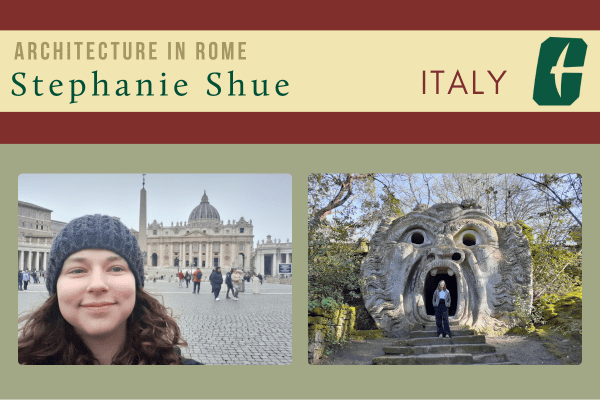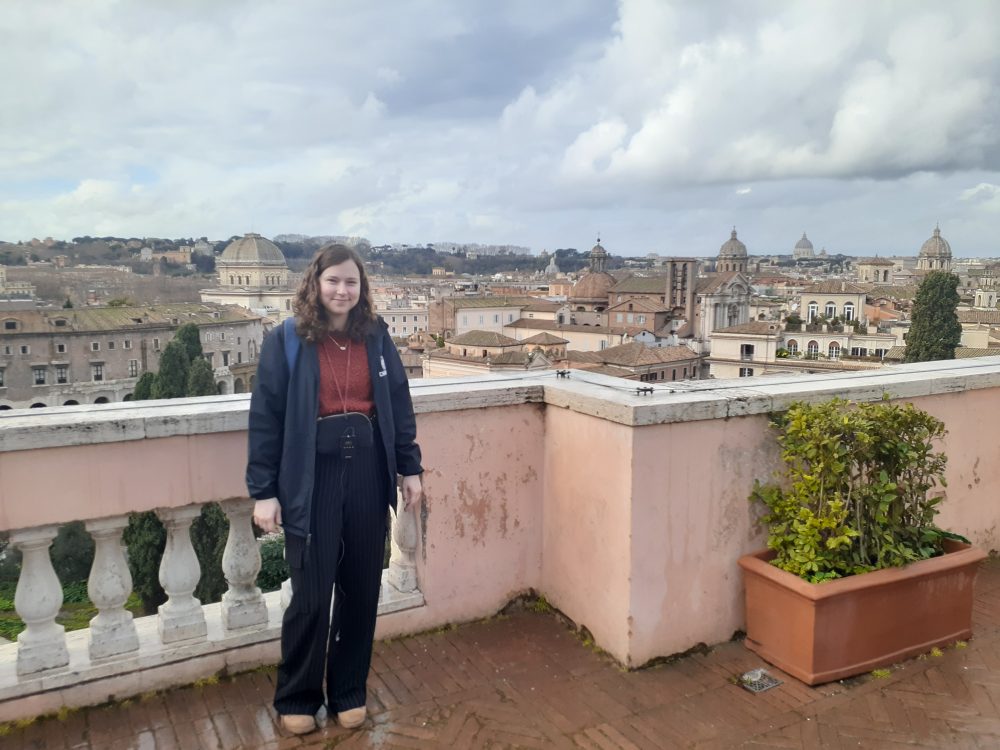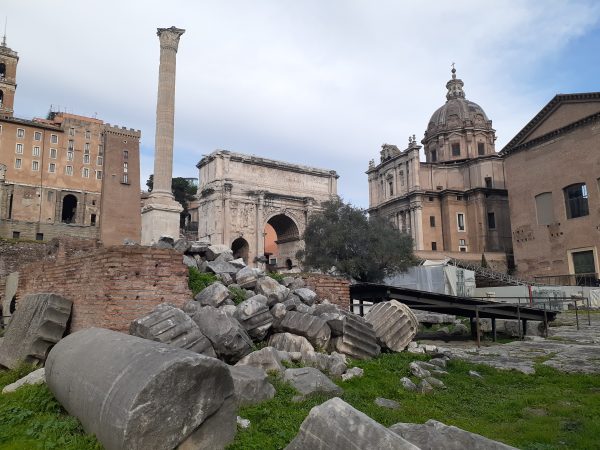The Layers of architecture in rome

By Stephanie Shue
Rome is an ancient city that is layered with thousands of years of history. In my Architecture Rome History class we have talked extensively about palimpsest, which, in the context of the class, is when architecture is changed or reused over time. From visiting and studying numerous historical sites in Rome, I have learned that it is important to think about what architecture existed before in order to have a better understanding of the architecture that is there now. The Rome program has given me a new perspective about the preservation of history since Rome is so old and contains so much history.

Rome is a big mix of architecture from all different time periods. A good example of this that I was able to visit is a church called Basilica di San Clemente where there is a 12th century medieval church that had been built on top of a 4th century early Christian church that had been built on top of ancient Roman ruins. These different time periods are literally layered on top of each other, and you can go down to see each of the structures that are stacked on top of each other. This was a really cool experience for me because I could clearly see the different spaces that people made for themselves hundreds of years ago.

In my studio class this semester, we have been studying how to design contemporary architecture on the same site as ancient Roman architecture. The project is to design a market space in the Esquilino district that is adjacent to or interacts with a fragment of an ancient aqueduct. This project has made me consider how to contrast the ancient aqueduct by using contemporary formal design and structural systems while still respecting its presence as a reminder of past technologies.
In the future, I will definitely use my experience here in Rome to consider how the history of a site affects its current use and significance. It is important to remember the history and influence that architecture has on people and their interaction with space and with each other. Instead of erasing or destroying old architecture, it may be of more value to modify it for future use and keep elements of the past. The past influencing the contemporary allows the architecture to grow and develop further, retaining the layers of history for a richer architectural experience.